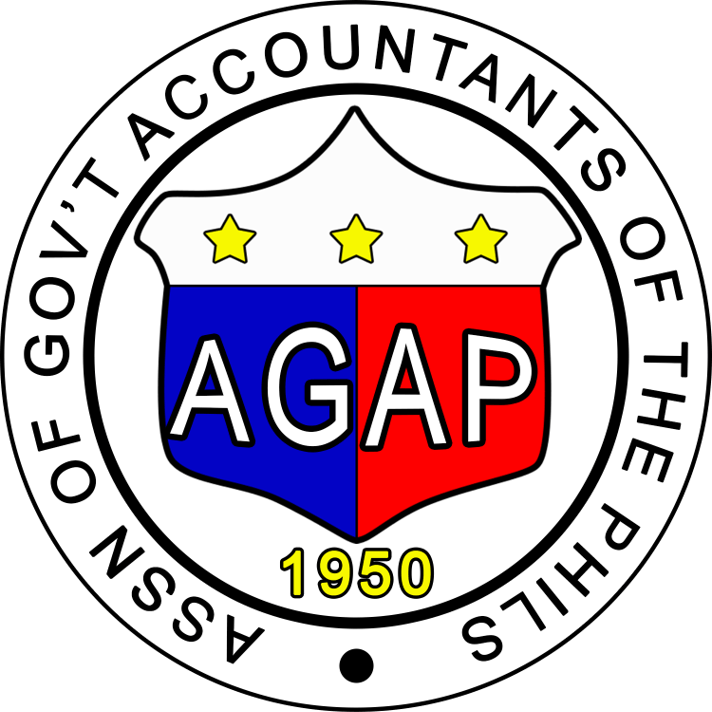THE EARLY YEARS
It was 1950, a year of good beginnings.
R.A. No. 433, a law enacted by the Philippine Congress in June 7, 1950 transferred the accounting services to the Budget Commission. Six idealistic men with a vision, understood that the law meant the onset of changes to government accountants. They knew that it was an opportune time to organize and establish an association that would promote the interests of government accountants and, at the same time, improve the practice of government accountancy.
These six men, who dreamt and conceptualized AGAP in October 1, 1950 were the following:
- Bernardo Bumatay
- Eugenio Nabong
- Rosendo San Mateo
- Jose de Kastro
- Bernardo Bravo
- Luis Roque
Like many organizations, the initial goals of AGAP, as enunciated by its founders, were quite modest. They simply wanted to attain and ensure the following objectives:
- To unite all government accountants into an Association so that their common interest in the profession of accountancy may be better protected and fostered;
- To promote and maintain high professional and ethical standards among government and private accountants;
- To advance the science of accountancy and to develop and improve accountancy education;
- To encourage, promote and foster cordial relations, understanding and intercourse among government accountants; and
- To give or render mutual/moral aid and advice freely to any member in all matters pertaining to the accounting service in their respective units, or offices of the government as a whole.
By 1953, Atty. Bumatay realized that the aggrupation they created required a legal personality. Thus, AGAP was registered as a non-stock, non-profit corporation. Its original incorporators were as follows:
- Benardo B. Bumatay
- Jose A. de Kastro
- Juan P. Pedro
- Aurora Rivera
- Felipe Saldaña
- Enrique Martinez
- Maximo Racela
- Franscisco Dalusong
- Rafael Ramos
- Rosendo San Mateo
- Alfonso Perez
- Eugenio Nabong
- Ramiro Abdon
- Mateo Buenaluz
- Bernardo Bravo
There were other significant changes in the government accounting services which occurred in the 1950s.
In 1956, Congress approved Reorganization Plan No. 47-A. Implemented by Executive Order No. 279, the accounting functions were transferred to the respective agencies and departments. However, technical supervision remained with the Budget Commission, specifically through the National Accounting Services.
The AGAP officers were in the forefront of reforms and were thoroughly involved in the training of all accounting personnel at different levels. One day quarterly meetings were conducted by AGAP to discuss the various problems/issues which agency accountants faced. It was likewise a venue to tackle new issuances, policies and procedures.
THE BATON IS PASSED
1960 marked the changing of the guard insofar as the Presidency of the AGAP, was concerned. Atty. Bumatay who served as President from 1950-1959, who led the fledgling organization’s growth, was succeeded by Serafin Soriano, who also was from the National Accounting Service of the Budget Commission.
By this time, AGAP was no longer a small organization with less than a hundred members. It was a steadily growing organization, maturing, strengthening, and beginning to undertake new ideas and projects.
Thus, in 1960, AGAP introduced the concept of a National Convention for Government Accountants. Held at the Teachers Camp, the theme of the First Convention was quite apt for AGAP, as an organization. It was “Widening the Horizons of Government Accountants”.
Baguio City in the 1960’s was not only the summer capital of the Philippines, it was AGAP’s city. The relaxed atmosphere and the easy camaraderie during these early years of AGAP spilled over during their national conventions.
These national conventions assured participants of learning experiences and opportunities for professional growth, while at the same time providing AGAP members with a chance to socially interact in more friendly surroundings.



